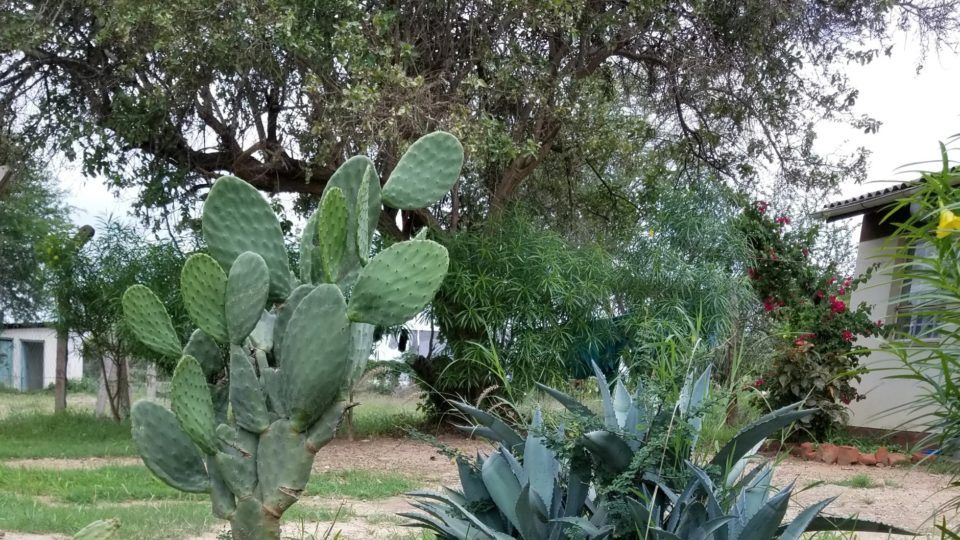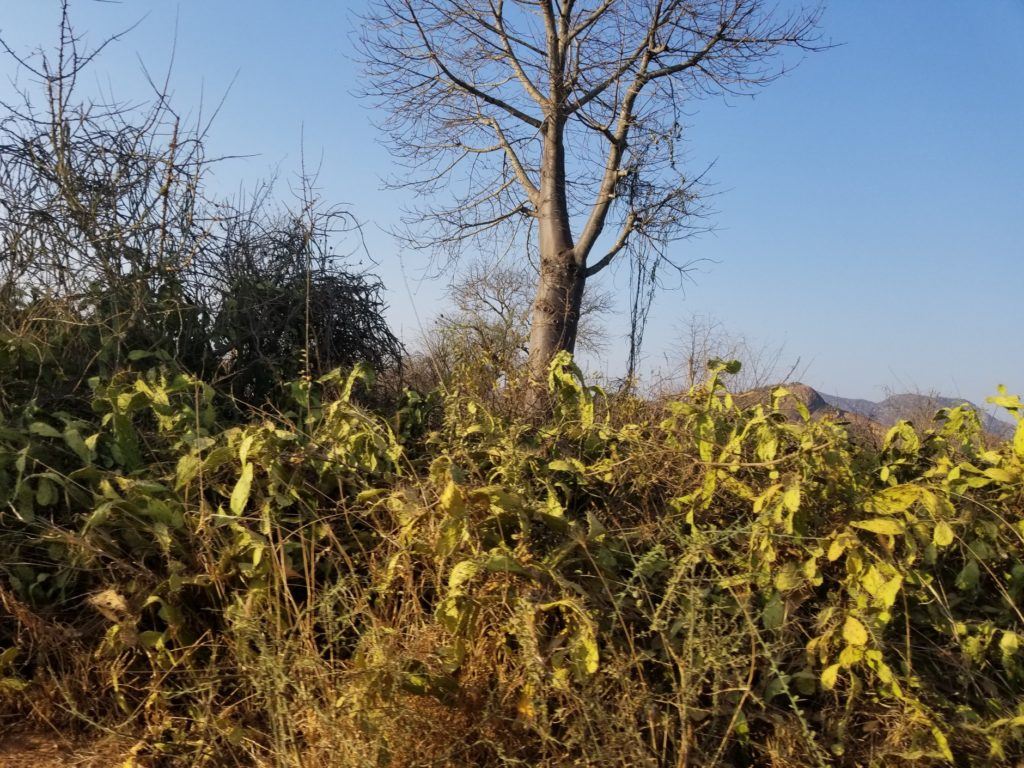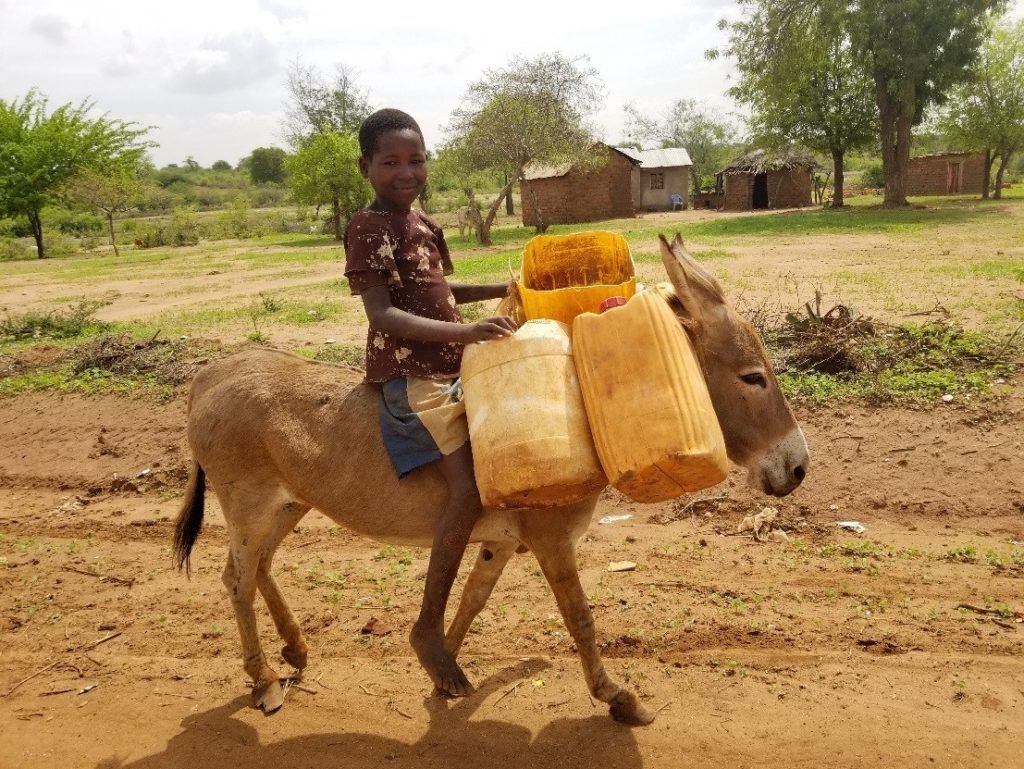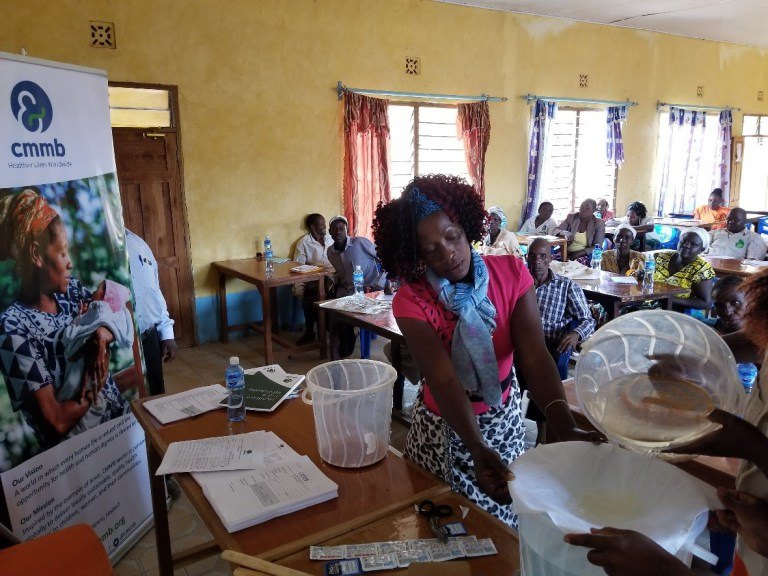What Does it Mean When the Cacti Die?

Dr. Mary Fleming is an American-trained OBGYN currently volunteering at Our Lady of Lourdes Mutomo Hospital Mutomo, Kenya. Here she talks about the issue of water in Mutomo.
Growing up, the front room of my house was called the flower room. It was always filled with a variety of plants that my parents tended to like members of the family. They both have the proverbial green thumb. My dad still has a fig tree that my mom bought him after he had his tonsils removed in 1978!
For whatever reason, they did not pass the green thumb gene on to me. A plant left in my care often does not make it through the season. Those who try to encourage me have recommended that I try to grow a succulent or a cactus. “They don’t need much maintenance,” they say, “You can’t kill them.” Well the sentiment is correct at least. Cacti survive in desert terrains with minimal water and often-scorching temperatures.
When visiting some of the more remote areas of Kitui county, in the weeks before rainy season, the cacti struck me. Along the side of the road, they had drooped limp, clearly a consequence of the lack of water in the region. The people of the area depend on rainfall that accumulates over several months to provide drinking, washing, and bathing water for the rest of the year. While groundwater does exist, it is difficult to access and the salt content makes it unsuitable to drink and it’s very harsh on bodies and clothes.
Some of the women in this area rise before daybreak to collect water from either the public pumps located in town or from watering holes that have been dug where rivers used to be. Some carry as much as they can handle on their person, others use carts and/or donkeys to transport larger amounts.
The other day, I complained, pouted even, when our water tank ran out. Which means instead of being able to shower, wash my hands, or wash the dishes under running water, I had to go outside to fill a bucket and then scoop the water out to perform those basic tasks. Moments later, I felt horrible. How could I complain about walking out of my back door to get water when there are those who regularly walk miles to and from their homes carrying water on their backs?
CHAMPS
One of the Children and Mothers Partnerships (CHAMPS) initiatives of CMMB Kenya is to ease the water burden in Kitui South. The WASH (water, sanitation, and hygiene) component, led by David Magina, aims to improve access to safe water for approximately 14,421 households in the Athi and Kanziko wards of the county, which have a projected population of 69,411 people. According to their quarterly report, “this project will enable the beneficiaries to meet immediate short-term needs for clean water, and provide support for activities related to WASH that will lead to long-term behavioral and structural changes.”
The rainy season revived the drooping cacti, filled the catchment tanks, and provided irrigation for planting a few crops. However, if you came to visit me today in Mutomo, I still could not offer you a cup of drinking water from the tap.
When I was an MPH (master of public health) student, one of our professors asked us to do one thing for the environment during the course of her class. Taking up the charge, I undertook efforts to conserve water, including shortening my showers, making sure I turned off the water while I brushed my teeth, and I stopped buying plastic water bottles to decrease my carbon footprint.
I find myself recommitting to these action steps now. At home, I haven’t always seen how those things make a difference. But here, I notice everyday.


